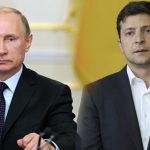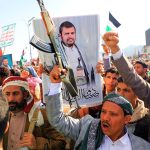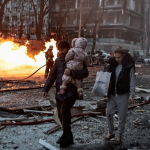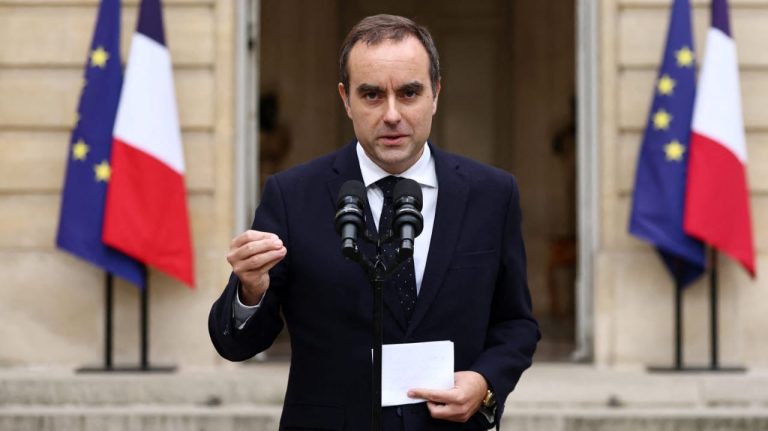The 1986 Reykjavik Summit: A Near Miss in the Nuclear Age
In the annals of the Cold War, few episodes resonate with the drama and paradox of the Reykjavik Summit of October 1986, where U.S. President Ronald Reagan and Soviet General Secretary Mikhail Gorbachev confronted not only each other but the terrifying logic of nuclear annihilation.
The meeting, convened in the windswept capital of Iceland, was meant to be a modest continuation of arms-control dialogue. Instead, it became an extraordinary confrontation that brought the superpowers perilously close to an agreement that might have transformed the nuclear age and equally close to a collapse of trust.
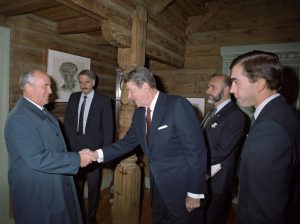
The backdrop was stark. Four decades of ideological rivalry had swollen into an arsenal of tens of thousands of nuclear warheads, enough to obliterate civilization many times over. Reagan, imbued with a moral conviction against nuclear weapons yet committed to his Strategic Defense Initiative (SDI) a proposed missile shield in space sought both reduction and technological deterrence.
Gorbachev, a reformer with glasnost and perestroika already germinating in the Soviet Union, saw arms control as essential not only to global stability but also to his country’s economic survival.
When the two men sat across the table at Höfði House, the atmosphere was tense but unexpectedly candid. Over two days, they discussed reductions that no earlier leaders had dared contemplate.
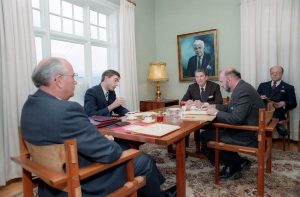
At one point, Gorbachev proposed the elimination of all strategic nuclear weapons within a decade. Reagan, astonishing his own advisers, pressed further asking why not abolish nuclear weapons altogether. The specter of a world free of nuclear terror flickered, however briefly, within reach.
Yet idealism collided with mistrust. Gorbachev insisted that SDI research be confined to the laboratory, fearing the weaponization of space. Reagan, animated by his vision of a defensive shield that might render nuclear missiles “impotent and obsolete,” refused to yield.
The talks collapsed, not over warheads but over a technological project still years from realization. The image of the two leaders emerging from Höfði House, faces taut with frustration, became emblematic of both possibility and failure.
Despite its apparent breakdown, Reykjavik was not a sterile exercise. On the contrary, it catalyzed a sequence of agreements that would reshape the strategic landscape. Within a year, negotiations culminated in the Intermediate-Range Nuclear Forces (INF) Treaty of 1987, the first accord to abolish an entire category of nuclear weapons.
Reykjavik demonstrated that even amid profound antagonism, dialogue could chip away at the edifice of fear that had defined the Cold War.
Historians often describe Reykjavik as a “near miss” a moment when the world stood on the cusp of revolutionary disarmament but retreated into the familiar shelter of suspicion.
Yet it also revealed the humanity of two adversaries who, in private, dared to imagine a safer world. The summit’s legacy, therefore, is paradoxical: it was a failure that bred progress, a confrontation that seeded détente.

In retrospect, the Reykjavik Summit reminds us that history’s hinge points are often ambiguous. What seems a diplomatic impasse may, in time, become the genesis of new possibilities. The cold Icelandic winds that October carried both the chill of disappointment and the first whispers of a thaw in the nuclear winter.





